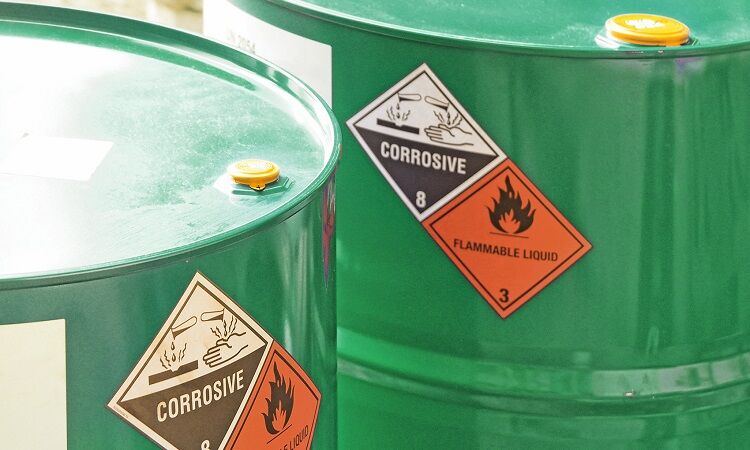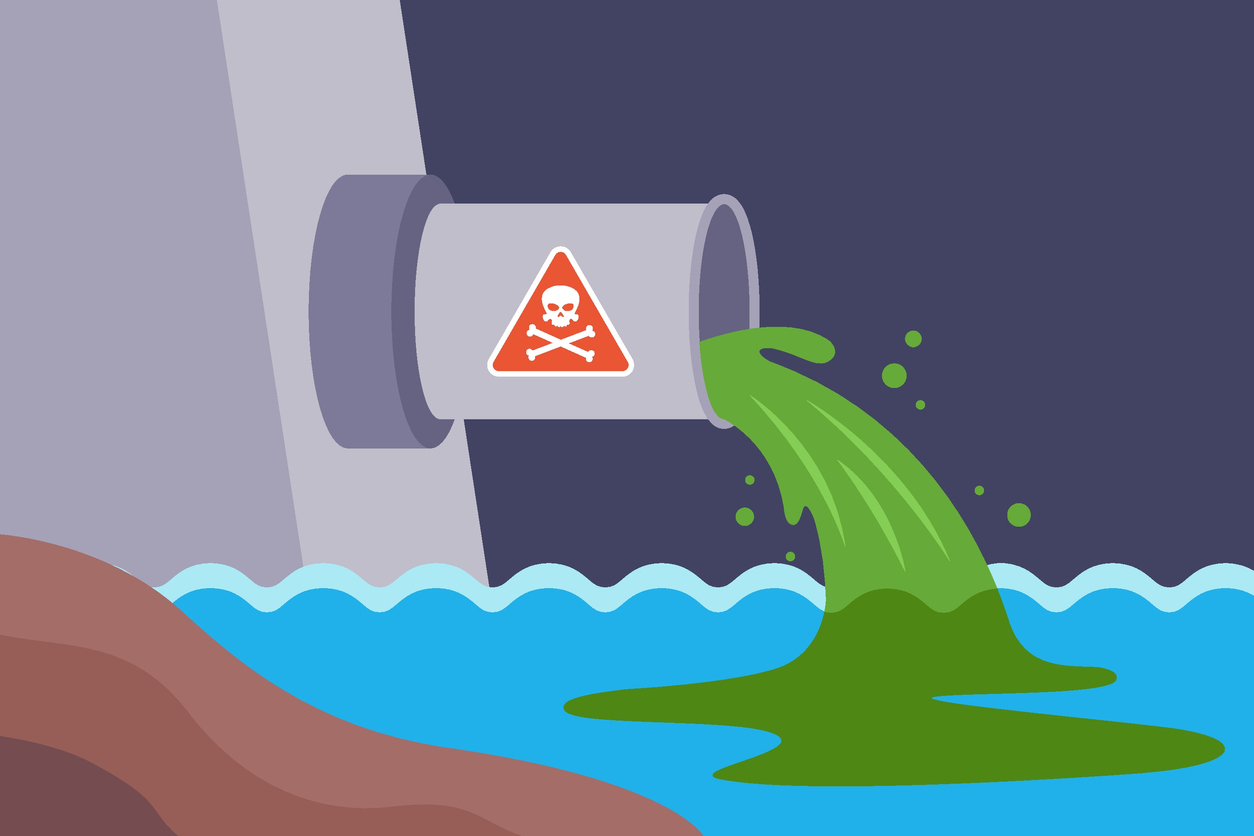Leading Liquid Waste Disposal Melbourne: Trusted Solutions for Appropriate Waste Administration
Leading Liquid Waste Disposal Melbourne: Trusted Solutions for Appropriate Waste Administration
Blog Article
Exactly How Liquid Garbage Disposal Functions: A Comprehensive Introduction of Methods and Technologies Utilized

Review of Liquid Waste Kind
The complexity of fluid waste kinds demands a comprehensive understanding of their features and ramifications for disposal. Liquid waste can extensively be categorized into several types, including industrial, municipal, farming, and unsafe waste. Each category exhibits distinct residential properties, calling for certain management techniques to reduce environmental and health dangers.
Industrial fluid waste originates from producing procedures and commonly contains a series of contaminants, such as hefty metals, solvents, and organic compounds. Community liquid waste, largely consisting of wastewater from families and commercial facilities, includes natural issue, nutrients, and pathogens (industrial wastewater treatment). Agricultural liquid waste, including runoff from ranches, may have plant foods, chemicals, and animal waste, presenting dangers to water quality and ecological communities
Dangerous fluid waste is defined by its toxicity, reactivity, or possible to trigger injury. Comprehending these varied fluid waste types is vital for developing reliable disposal methods and guaranteeing conformity with ecological laws.
Physical Therapy Methods

Screening is the first action, where bigger bits and particles are gotten rid of from the liquid waste making use of screens or grates. This procedure protects downstream equipment from damages and makes certain smoother operation. Adhering to testing, sedimentation utilizes gravitational pressure to separate solids from liquids. In sedimentation containers, heavier particles clear up at the bottom, creating a sludge layer, while the clarified fluid can be additional treated.
Filtering is another crucial technique that entails passing the liquid via porous materials, such as sand or membrane layers, to record smaller bits. This action enhances the high quality of the liquid, making it suitable for succeeding therapy processes.

Chemical Therapy Methods
Chemical therapy methods are essential for successfully taking care of fluid waste, specifically in addressing liquified and colloidal pollutants that physical techniques may not appropriately eliminate. These strategies make use of numerous chemical representatives to neutralize, speed up, or change harmful compounds into much less harmful kinds.
One common technique is coagulation and flocculation, where chemicals such as alum or ferric chloride are included in promote the aggregation of suspended particles. This process boosts sedimentation, allowing for easier removal of the resulting sludge. Furthermore, oxidation processes, utilizing agents like chlorine or ozone, are used to damage down intricate organic substances and microorganisms, making the waste safer for discharge or further therapy.
Neutralization is another essential strategy, which adjusts the pH of acidic or alkaline waste streams to neutral degrees, preventing possible damage to downstream systems and the environment. Additionally, advanced oxidation procedures (AOPs) utilize mixes of oxidants and ultraviolet light to deteriorate relentless pollutants, attaining a higher degree of therapy effectiveness.
Biological Treatment Processes
Organic therapy processes play an essential role in the management of liquid waste by utilizing bacteria to decompose raw material and minimize contaminant levels. These procedures can be broadly categorized into anaerobic and cardiovascular therapies, each employing details microbial neighborhoods to attain effective waste deterioration.
Cardiovascular treatment includes the usage of find oxygen to promote the break down of organic products by microorganisms. This procedure is generally implemented in turned on sludge systems, where oygenation containers supply a helpful environment for microbial growth, causing the oxidation of organic pollutants. The resultant biomass can be separated from dealt with effluent via sedimentation.
In contrast, anaerobic treatment happens in the lack of oxygen, counting on different microorganisms to break down raw material. This approach is particularly useful for high-strength waste, as it produces biogas, a renewable resource source, while lowering sludge manufacturing. Technologies such as anaerobic digesters are regularly employed in industrial and metropolitan applications.
Both anaerobic and aerobic organic treatments not only reduce the environmental effect of liquid waste but additionally promote source recovery, making them vital elements of sustainable waste management methods. Their adaptability, efficiency, and performance sustain their extensive application throughout various markets.
Emerging Technologies in Disposal
Innovative methods industrial wastewater treatment solutions to fluid waste disposal are swiftly advancing, driven by innovations in modern technology and a raising emphasis on sustainability. Among these emerging innovations, membrane layer bioreactors (MBRs) have actually gotten traction for their ability to combine biological treatment with membrane layer filtering, leading to high-grade effluent that can be reused in different applications. MBRs make it possible for smaller sized footprints and extra reliable operations compared to conventional systems.
An additional encouraging growth is the usage of anaerobic digestion incorporated with nutrient recuperation modern technologies, which not only deals with liquid waste yet also creates biogas and recoups important nutrients like nitrogen and phosphorus. This double advantage enhances resource efficiency and reduces environmental influence.
Additionally, progressed oxidation procedures (AOPs) are being adopted for the degradation of complex natural pollutants. These techniques make use of effective oxidants and drivers to break down impurities at the molecular level, supplying a very reliable remedy for tough waste streams.
Additionally, the integration of fabricated intelligence and equipment learning in waste monitoring systems is enhancing operational effectiveness and anticipating upkeep, leading to decreased expenses and boosted ecological conformity. These modern technologies reflect a substantial shift towards even more sustainable and anchor reliable liquid waste disposal techniques.
Conclusion
In conclusion, reliable liquid waste disposal demands an extensive understanding of various strategies and technologies. The assimilation of physical, chemical, and biological treatment techniques ensures the effective management of varied waste kinds. In addition, the development of innovative modern technologies enhances therapy efficacy and promotes sustainability in waste monitoring practices. By continuously advancing these approaches, it ends up being feasible to resolve the expanding difficulties linked with liquid waste, inevitably adding to environmental management and source healing.
Fluid waste disposal is a critical aspect of ecological management, calling for a detailed understanding of numerous techniques and innovations customized to various waste kinds. Fluid waste can extensively be categorized into a number of kinds, including commercial, local, farming, and dangerous waste. Agricultural liquid waste, including drainage from ranches, may contain fertilizers, chemicals, and animal waste, positioning threats to water quality and ecological communities.
Numerous physical therapy techniques play a crucial function in managing liquid waste effectively - industrial wastewater treatment.In verdict, reliable fluid waste disposal demands an extensive understanding of numerous methods and innovations
Report this page